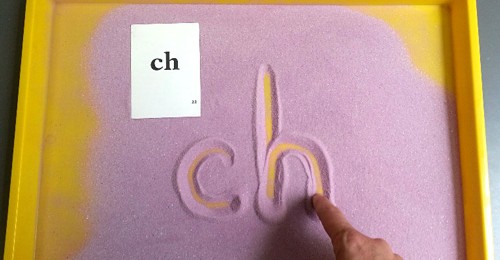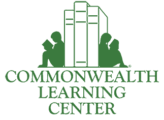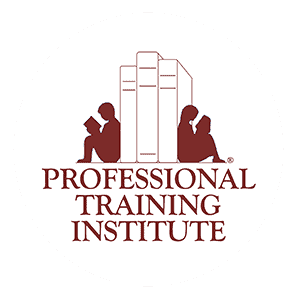
Dyslexic second grader Olivia is learning to read and spell words with the digraph ch. Her learning center teacher asks Olivia to trace the letters ch with her fingers while naming them. She teaches Olivia the key word chin and the sound /ch/. Throughout her reading lesson, Olivia works with this new sound: she points to and reads ch words in isolation and in sentences, selects pictures that begin with /ch/, and writes dictated words with the target sound on dotted lined paper. When she spells a dictated word, Olivia segments the sounds in the word with plastic chips and then names the letters while writing them. Olivia’s teacher recognizes the power of multisensory instruction, designing lessons where her students use visual, auditory, and tactile senses – often simultaneously – to learn and practice concepts. Connecting these learning pathways is a critical component in teaching the dyslexic student to read and spell.
Dr. Samuel T. Orton was a psychologist and pathologist who in the 1920s became interested in studying children and adolescents who were not reading as expected despite average or above average intelligence. He described the students as having Streshosymbolia, or “twisted symbols,” because many of them reversed their letters or read them in the wrong order in words. (1) Dr. Orton hypothesized that their brain organization was different and experimented with multisensory methods to teach these students to read and spell. Later, Dr. Orton worked with Anna Gillingham, a skillful teacher who introduced a systematic approach to categorizing the sounds, phonograms, syllable types, morphemes, and spelling generalizations of the English Language. This structured organization of the language combined with the science of multisensory teaching became known as the Orton-Gillingham Approach (O-G). (2)
Today, the Orton-Gillingham Approach remains the gold standard in multisensory structured teaching. Orton-Gillingham practitioners undergo extensive training and supervised practicum that extends over one year. Orton-Gillingham instruction can be implemented with students of all ages, in 1:1, small group, and whole group settings. While the focus of O-G is breaking the “code” of the language and practicing it to automaticity, students additionally work on vocabulary, comprehension, and grammar in Orton-Gillingham lessons, all through direct, multisensory delivery.
There are numerous reading programs derived from Orton-Gillingham principles; Project Read, Wilson Reading, Wilson Fundations, S.P.I.R.E., and Slingerland are some of the popular multisensory programs that grew out of O-G. Each program has its own prescribed sequence of skills, teaching materials, and teacher training requirements. (3) Some of the multisensory strategies used in these programs include: forming letters and words in the air, using hand motions to teach concepts, manipulating magnetic letters, writing in a sand tray, and finger tapping sounds in words.
Dyslexic students no longer need to attend specialized private schools or hospital clinics to access multisensory instruction. More and more public school teachers are becoming trained in Orton-Gillingham and other multisensory programs to address the learning styles of their struggling readers.
Submitted by Lisa Brooks, M.Ed, Fellow/AOGPE
Director of the Professional Training Institute
www.commlearntraining.com
(1) Orton, S.T. (2008). Dr. Orton’s Notebook: Strephosymbolia: A “temporal cross section” of the theory of reading disabilities as of July 1925. Amenia, NY: Academy of Orton-Gillingham Practitioners and Educators.
(2) Academy of Orton-Gillingham Practitioners and Educators website www.ortonacademy.org
(3) The International Dyslexia Association, Framework for Informed Reading and Language Instruction, Matrix of Multisensory Structured Language Programs brochure www.interdys.org










Jaydin Skinner says: